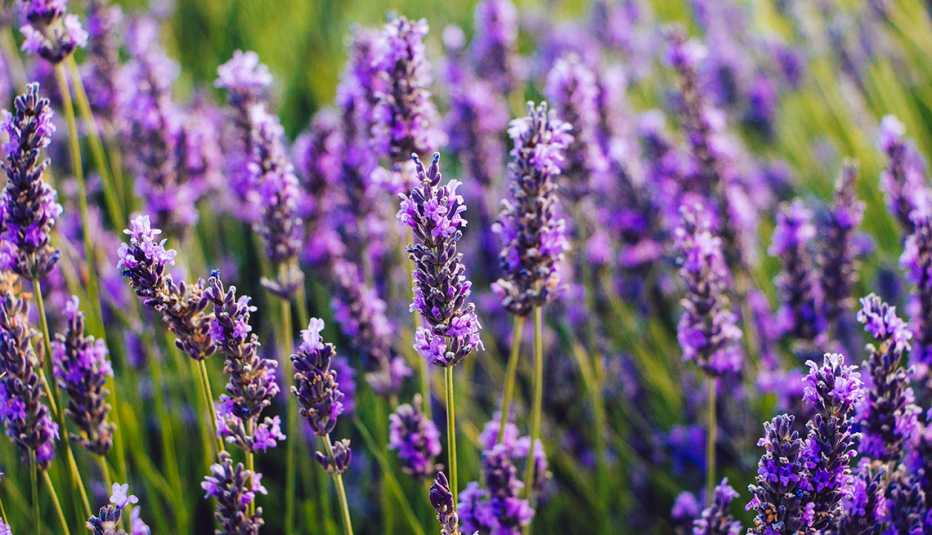AARP Hearing Center
While some herbs simply boost the flavor of the food you cook, others can go beyond that to boost your health. “The term ‘herb’ has a fuzzy definition,” says Michael Castleman, author of The New Healing Herbs. “What we call medicinal herbs contain chemical compounds in them that have drug-like effects." Be careful with taking these herbs as supplements in pill form, as some are linked to side effects and medication interactions, and always talk to your doctor before taking any supplement. Here we’ll tell you about how to use some of these fresh and dried herbs.
1. Basil
If you thought basil was meant only for making pesto or sprinkling on pizza, think again. Basil is the family name of more than 100 different species. Two of its best-known varietals are sweet basil and holy basil. Researchers who studied sweet basil found that it could help control blood pressure and that its fragrance eased stress and relieved anxiety. Clinical trials focused on holy basil found that participants experienced reduced stress, anxiety, sexual problems and depression. Both studies were done in a lab, however, so the benefits may not translate to at-home use.
Tip: As with other fresh herbs, add basil late in cooking; it loses its flavor if cooked too long.
2. Dill
Dill is known for its feathery foliage and seeds, and both are used in pickling and cooking. The seeds spice up pickles, flavor borscht and complement fish. Dill has far more going for it than that, however. Researchers at Penn State University recruited 71 men and women with risk factors for heart disease and provided daily meals seasoned with about a teaspoon of added herbs and spices, including dill. After 12 weeks, the participants had both lower systolic (upper number) and diastolic (lower number) blood pressure.
Tip: If you want to get rid of bad breath, chew a handful of dill seeds
3. Garlic
Although widely used as both an herb and a spice, garlic — a member of the lily family — is botanically a vegetable. Its pale yellow flesh has been hailed for its ability to fight off the common cold. (Though research hasn’t caught up with grandmother’s advice.) Some research has found garlic helps reduce blood pressure and prevent hardening of the arteries.
Tip: To activate its health-promoting compounds, chop or crush garlic five to 10 minutes before cooking or adding to other ingredients.
4. Ginger
Some call ginger an herb, others a spice, but no matter what you call it, it’s got a slew of impressive health benefits. Research has found that ginger can ease the pain of knee osteoarthritis, quell the queasiness of motion sickness and seasickness, improve muscle recovery after exercise and reduce high cholesterol. Ginger may even helps at the dentist’s office. Patients who had an impacted molar removed found powdered ginger as effective as ibuprofen in controlling pain after surgery.
Tip: The juice left from grating ginger has a lot of flavor. Save the juice and include it in your recipe, recommends Cooks Illustrated.








































































